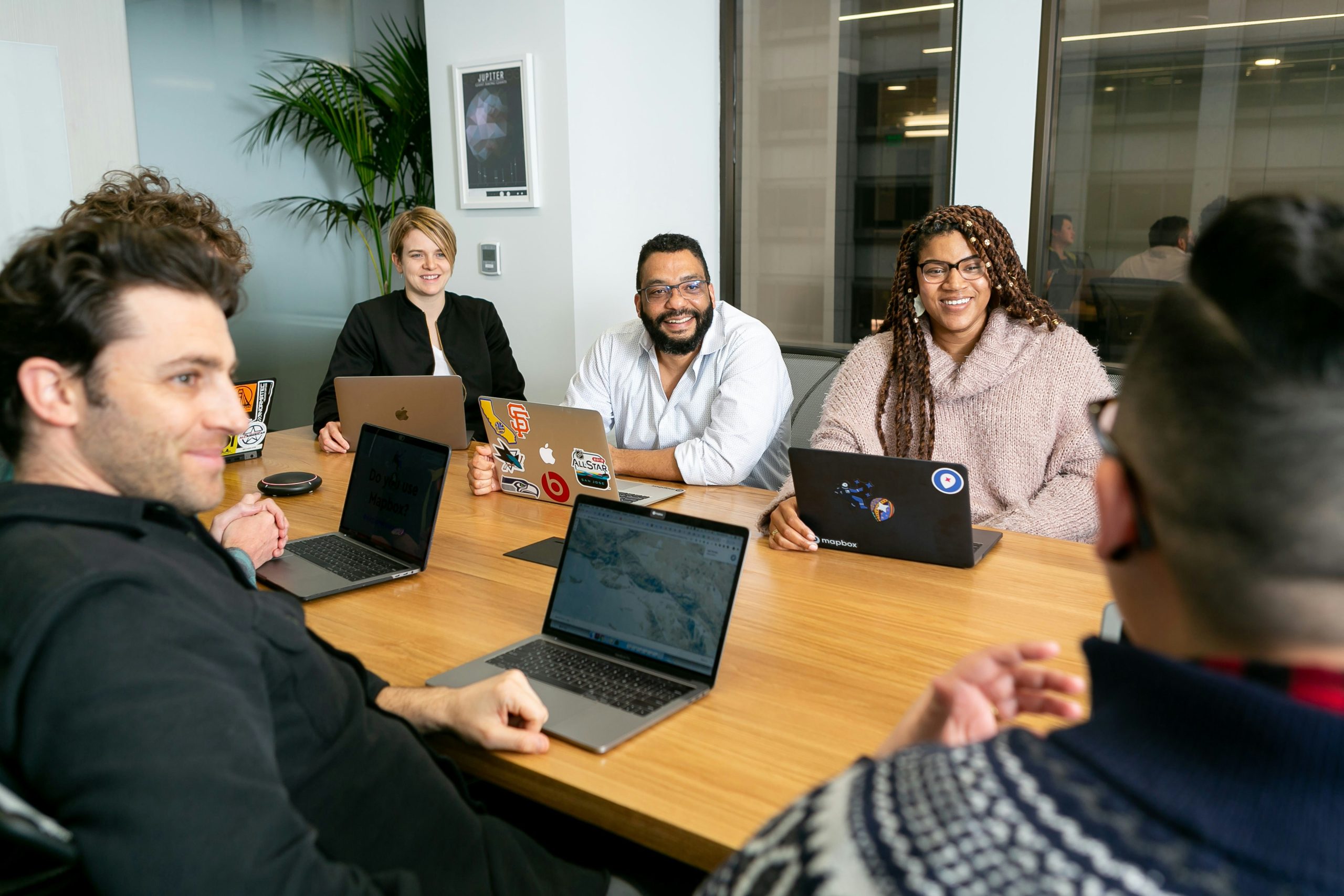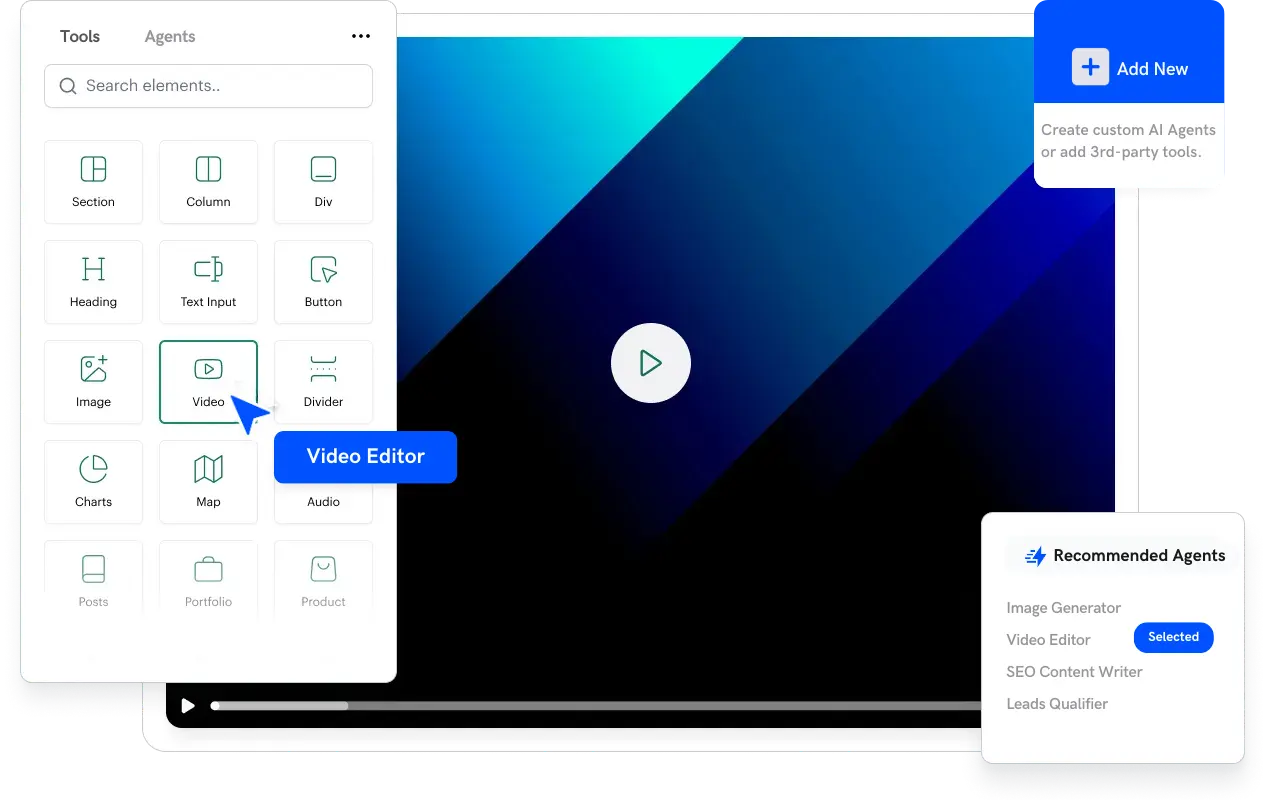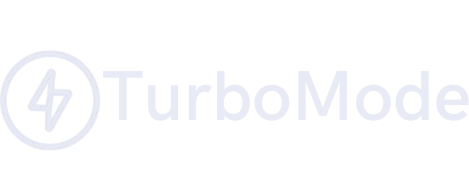Introduction
The integration of AI and automation into the modern workplace offers unprecedented opportunities for efficiency, innovation, and growth. However, this integration is not without its challenges. Organizations face hurdles in data integration, system compatibility, and employee adaptation. Studies by McKinsey show that despite the challenges, companies that successfully implement AI and automation see dramatic improvements in productivity and cost savings. This article examines the common challenges associated with integrating AI and automation, proposes effective solutions, and highlights how TurboMode AI can help streamline the process.
Key Challenges in AI and Automation Integration
- Data Integration and Quality:
Integrating disparate data sources into a cohesive system is complex. Poor data quality can undermine the performance of AI models. - System Compatibility:
Legacy systems may not be designed to support advanced AI applications, necessitating costly upgrades or middleware solutions. - Employee Resistance:
Change management is a significant barrier. Employees may be reluctant to adopt new technologies if they fear job displacement or increased complexity. - Cybersecurity and Privacy:
As AI systems process sensitive data, ensuring robust security and compliance with data protection regulations is essential. - Scaling Up:
While pilot projects may succeed, scaling integration across an organization poses logistical and technical challenges.
Strategies for Overcoming Integration Challenges
- Build a Robust Data Infrastructure:
Invest in technologies that ensure data is clean, organized, and accessible. This may require upgrading systems or implementing middleware to bridge old and new technologies. - Phased Implementation:
Start with small pilots to test integration in a controlled environment. Use lessons learned to refine and expand AI and automation solutions incrementally. - Employee Training and Involvement:
Develop comprehensive training programs that emphasize the benefits of automation. Include change management strategies that involve employees in the transition process. - Enhanced Cybersecurity Measures:
Implement stringent data protection protocols, including encryption and multi-factor authentication, to secure sensitive information. - Use Agile Methodologies:
Adopt agile practices to continuously iterate and improve integration processes based on real-time feedback.
TurboMode AI Spotlight
TurboMode AI streamlines AI integration by converting conversations into actionable tasks and ensuring that new processes are efficiently implemented. Its automation capabilities reduce the burden on employees, allowing them to focus on strategic work.
“We’re shifting the game from managing work to getting work done.”
Streamline your AI and automation integration with TurboMode AI—book a demo today.
Case Studies and Success Stories
A financial services firm integrated AI-driven automation across its customer service department, resulting in a 30% reduction in processing time and a significant boost in customer satisfaction. Similarly, a healthcare provider utilized automation to streamline patient data management, reducing administrative overhead by 25%. These examples illustrate that while integration challenges are real, effective strategies can yield substantial productivity gains.
Best Practices for Successful Integration
- Clear Objectives:
Define what you want to achieve with AI and automation. Set measurable goals and KPIs to track progress. - Stakeholder Involvement:
Engage leadership and frontline employees early in the process to build buy-in and identify potential issues. - Regular Testing and Feedback:
Continuously test and refine systems. Use pilot programs and employee feedback to guide improvements. - Collaborate with Experts:
Work with AI consultants or technology vendors with a proven track record in integration to ensure a smooth transition. - Document the Process:
Maintain detailed documentation of integration efforts to support future upgrades and troubleshooting.
Challenges Moving Forward
- Balancing Innovation with Stability:
Rapid technological change can disrupt existing processes. Companies must balance innovative projects with the need for stable, reliable operations. - Cost Management:
The initial investment in AI and automation can be significant. However, long-term benefits often offset these costs through improved efficiency and reduced labor expenses. - Regulatory Compliance:
Staying up-to-date with evolving regulations is critical for avoiding legal pitfalls and maintaining stakeholder trust.
Future Outlook
The integration of AI and automation will continue to advance. Future trends include:
- Self-Optimizing Systems:
AI systems will increasingly become self-improving, adjusting workflows autonomously based on real-time performance data. - Broader Application Across Industries:
More sectors will embrace these technologies, leading to a more widespread transformation of traditional workflows. - Enhanced Interoperability:
Future solutions will offer seamless integration across diverse platforms and systems, minimizing the challenges of legacy integration. - Greater Focus on Ethics and Transparency:
As integration becomes more complex, ensuring ethical use and transparent operations will be paramount.
Conclusion
Integrating AI and automation into the modern workplace presents challenges, from data integration and system compatibility to employee adaptation and cybersecurity. However, with strategic planning, phased implementation, and ongoing training, these challenges can be effectively overcome. Platforms like TurboMode AI play a crucial role by automating the conversion of communication into actionable tasks—thus enabling smoother integration and increased productivity. Embrace these transformative technologies to drive efficiency, secure a competitive edge, and prepare your organization for a future where human creativity and machine precision work in harmony. Book a demo today to experience the benefits of seamless AI integration.






